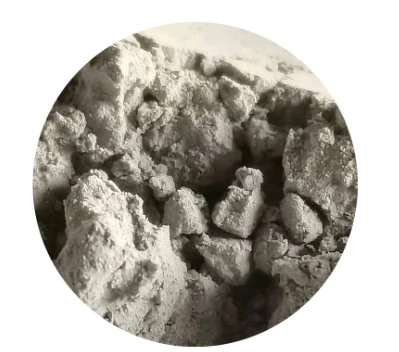

Beyond the specific characteristics of different sands, the process of selecting the right sand also involves consideration of binders used to hold sand grains together. Organic binders such as clay are traditionally used, but advances in technology have introduced synthetic binders that offer greater strength and durability. Certain binders can even be modified to improve the reclaimability of sand, adding an environmentally conscious dimension to the casting process. Seasoned foundry professionals recognize that the selection of sand isn't just a matter of physical properties; it also involves understanding the interplay between the sand, the metal being cast, and the finished product's intended application. This expertise forms the backbone of authoritative consultation services in the field, where specialists guide clients through the complexities of material selection to improve overall outcome and efficiency. By investing in well-researched sand selections tailored to specific metallurgical processes, companies not only optimize their production costs but also assure consistent product quality. This focus on quality builds a reputation for trustworthiness, encouraging customer loyalty and repeat business. In conclusion, the role of sand in casting is pivotal and multifaceted. Expertise in its selection and application can mean the difference between a casting riddled with imperfections and one that meets the highest standards of the manufacturing industry. As industries continue to evolve, maintaining an authoritative grasp on the subtle intricacies of casting materials will remain a key element of success in the competitive market of metal manufacturing. Post time:Mechi . 04, 2025 11:02
Next:Ceramic Sand for Lost Foam Casting
